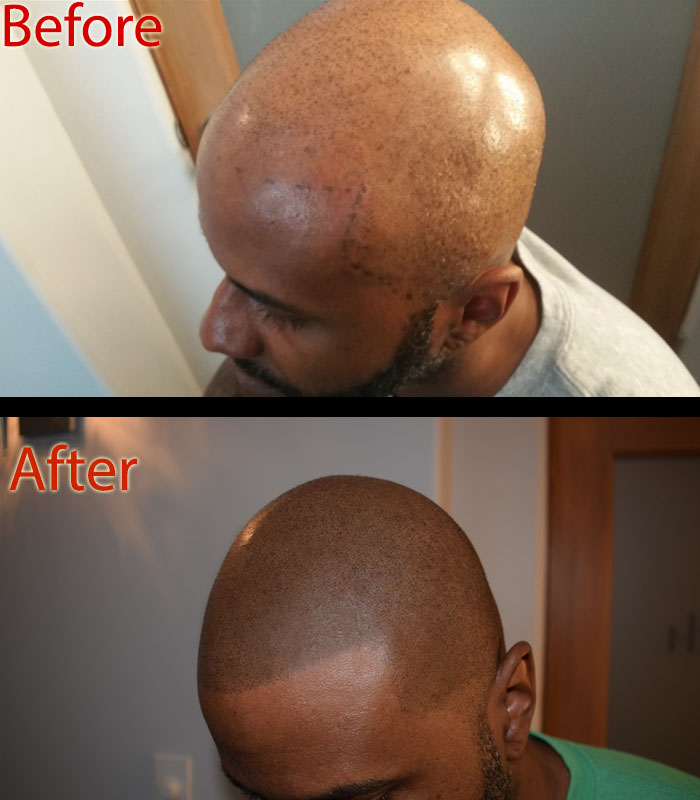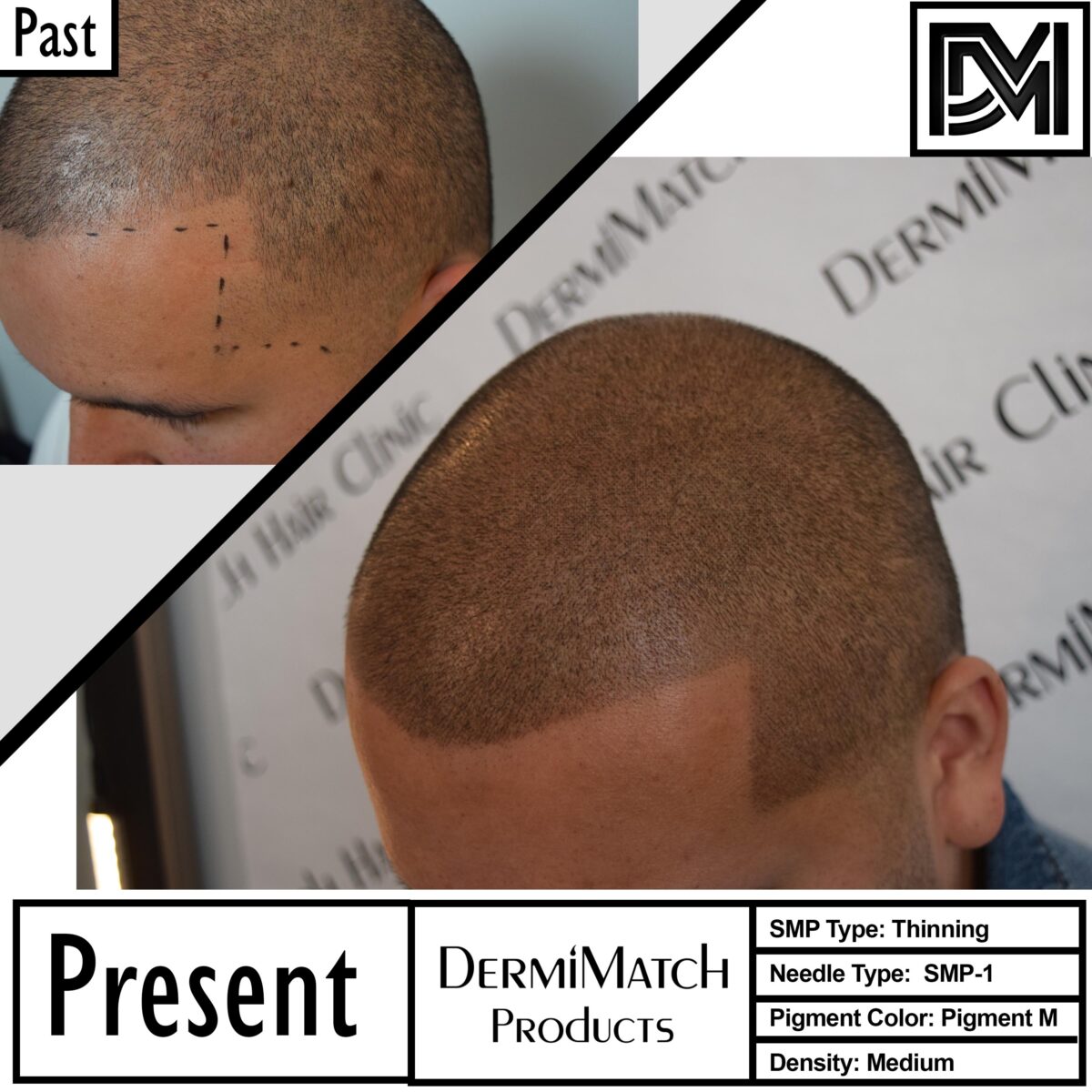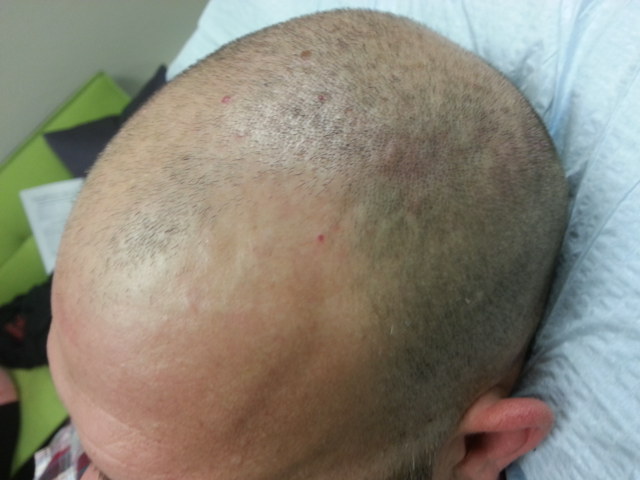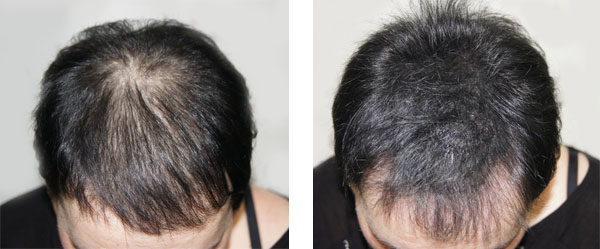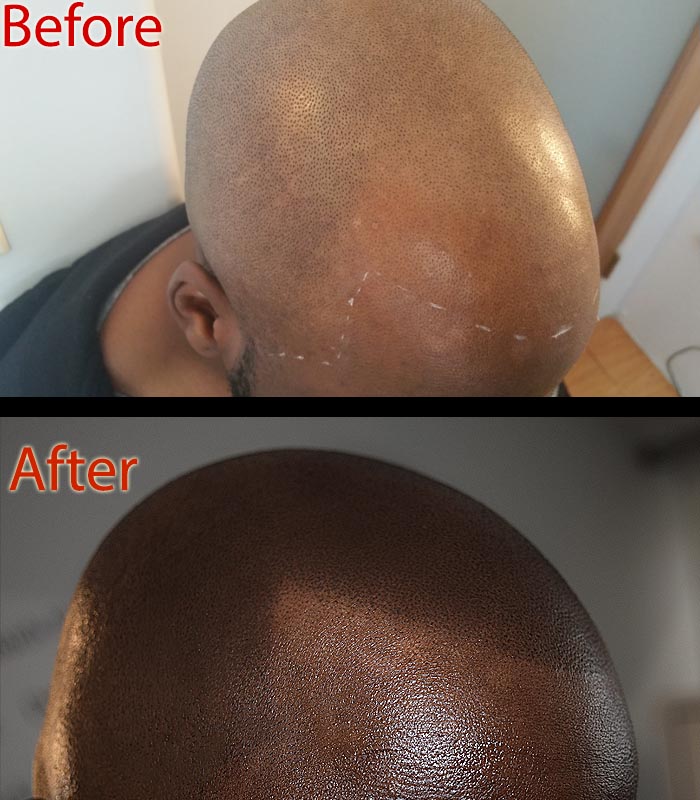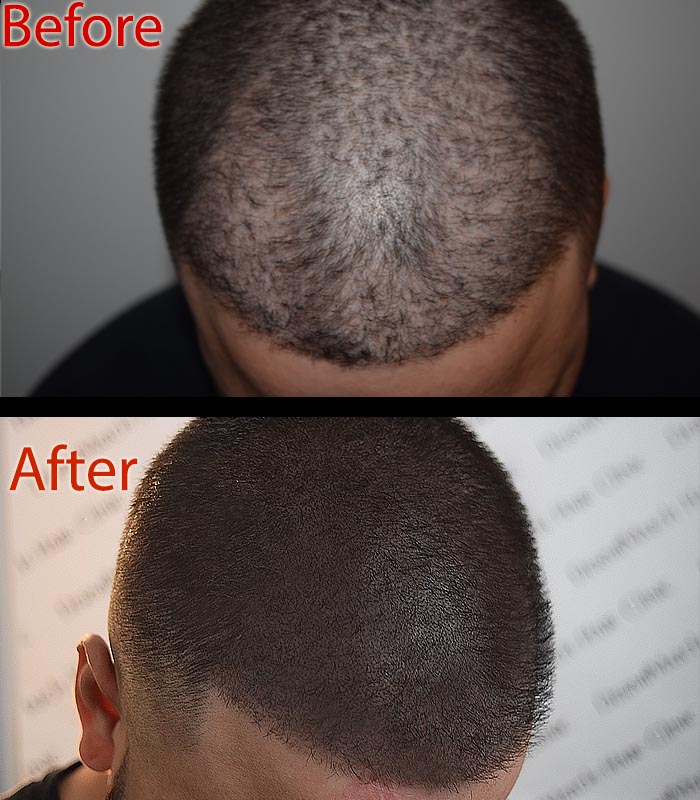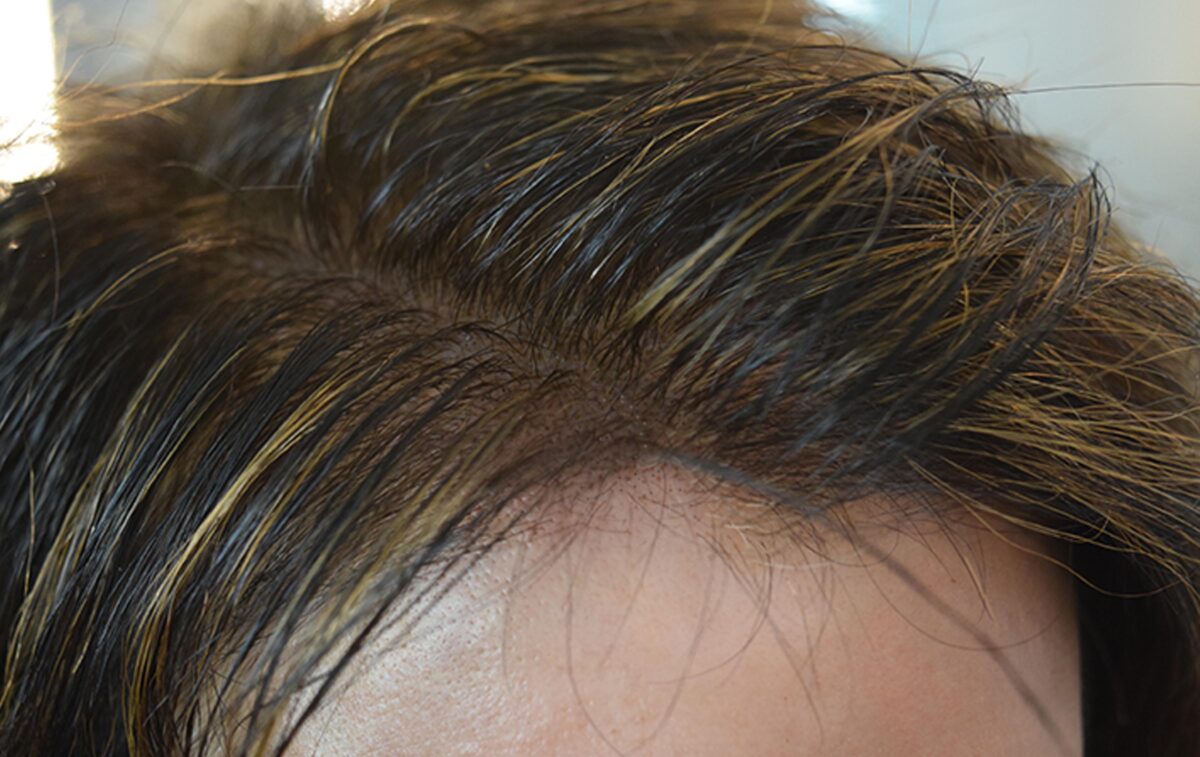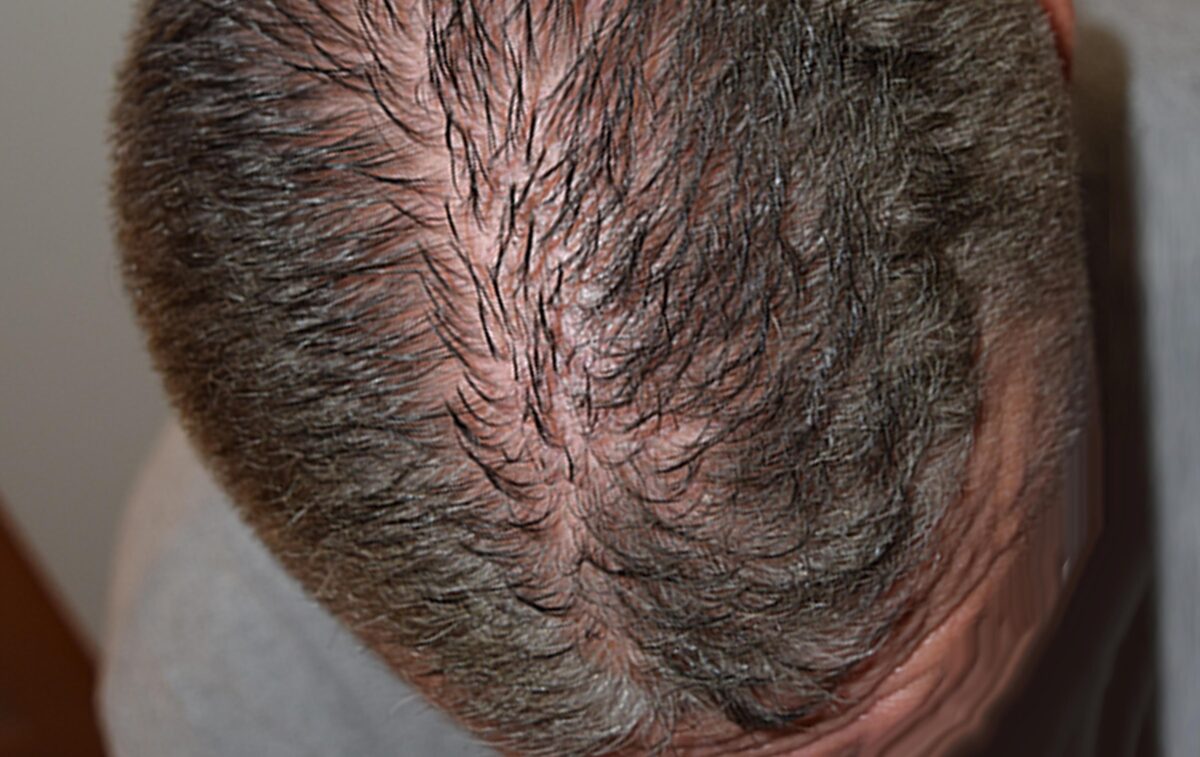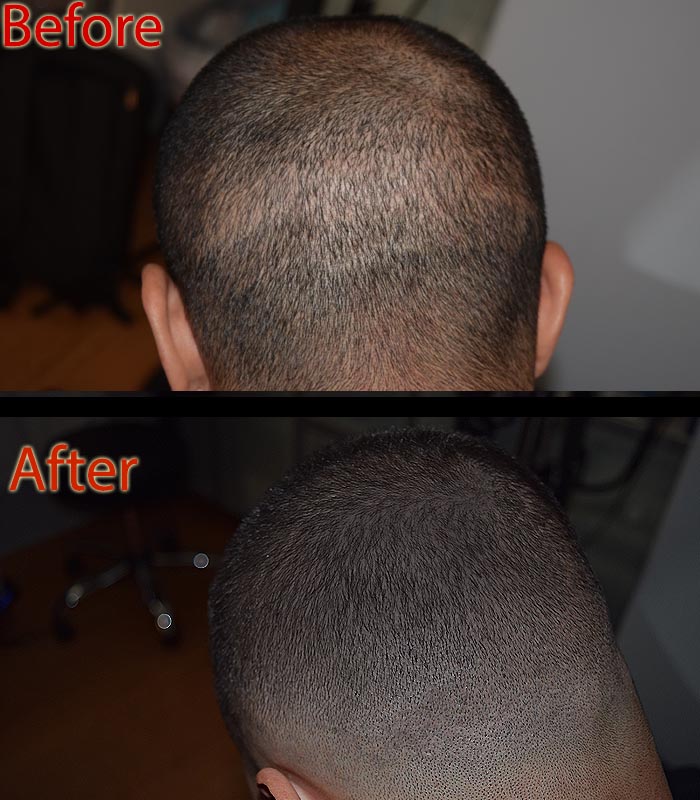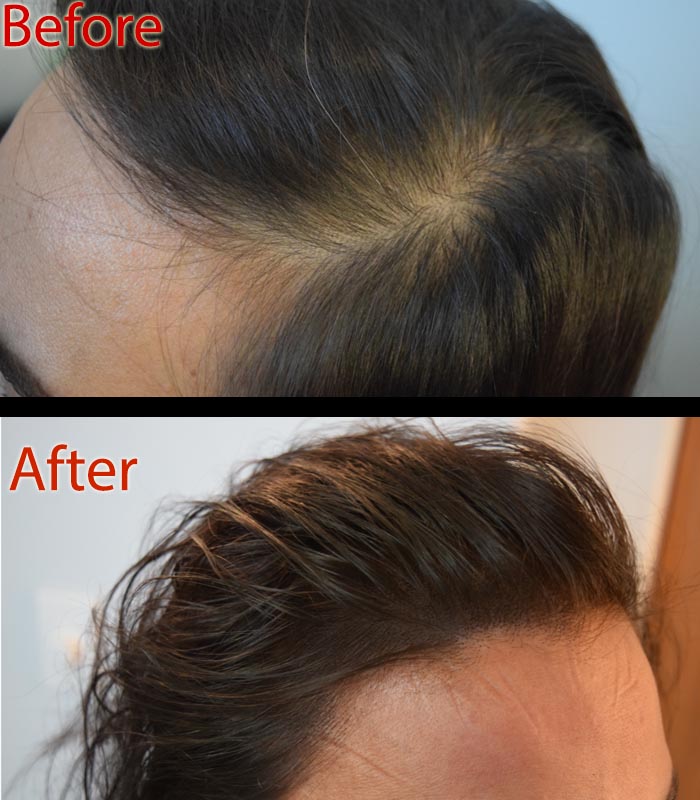Wondering how to get the best SMP results? When it comes to a hair restoration procedure, you can only dream of getting the best outcome for your scalp and hair loss problems. Similarly, you want the best micropigmentation results. However, who can guarantee the best results? The success of a procedure depends on many factors. This includes the skills of the practitioner, the types, and the quality of products used, and the client’s expectations. Scalp micropigmentation is no different either.
So it all begins with the selection of the scalp artist.
Choosing The Right Person For Best SMP Results
Experience, talent, and skills are important considerations when it comes to selecting a scalp practitioner. You want to choose an SMP professional who is known for producing reliable and consistent results. when you look around for such scalp artists, you can enjoy peace of mind that you have chosen the right fit for the job.
When you seek the best SMP results, it is crucial to have clear communication with the specialist so they are aware of your expectations right at the start. Additionally, ask questions and voice your concerns about the procedure and seek answers before committing to scalp micropigmentation.
Choosing a tattoo artist for scalp micropigmentation might amount of ruining your expectations and looks. Remember, a person who draws tattoos is not a right fit for SMP.
Understanding the Procedure
When it comes to getting scalp micro pigmentation, it is important to learn about the procedure and the critical differences that make it different from a regular tattoo. You want to understand that minor fading is normal between sessions. In fact, a little bit of itching and redness are normal too. So you don’t want to panic if the scalp wears a red look after the session. It is normal.
That means the SMP results may not be apparent as soon as the procedure is done. However, if you are restless and cannot wait for the treatment to end for seeing the results, top SMP practitioners use redness remover on the client’s freshly treated scalp. As a result, the redness disappears for a short period of time. The client has enough time to check the result.
Understanding SMP maintenance
No doubt, the right scalp artist can make a huge difference in the SMP procedure, the quality of tools used for the treatment matter a lot. A scalp artist cannot use the typical tattoo tools for SMP, which requires specialized pigments and equipment.
The right SMP professional is aware of the need for using the best equipment for the procedure. They understand how low-quality stuff can compromise the procedure results.
Besides, they have a list of SMP aftercare tips for the client to follow. They emphasize aftercare in order to ensure that the procedure only delivers the best SMP outcome. A procedure might not work best if the client chooses to walk into the sun without protecting their scalp. You can get the treatment from the top SMP technician but without scalp aftercare, the outcome might be comprised.
Focus on choosing the best scalp micropigmentation artists in Phoenix, who are trained and skilled in SMP. They are committed to delivering the right SMP results and helping clients stay in tune with aftercare. Get the best SMP treatment in Phoenix at DermiMatch Clinic.

